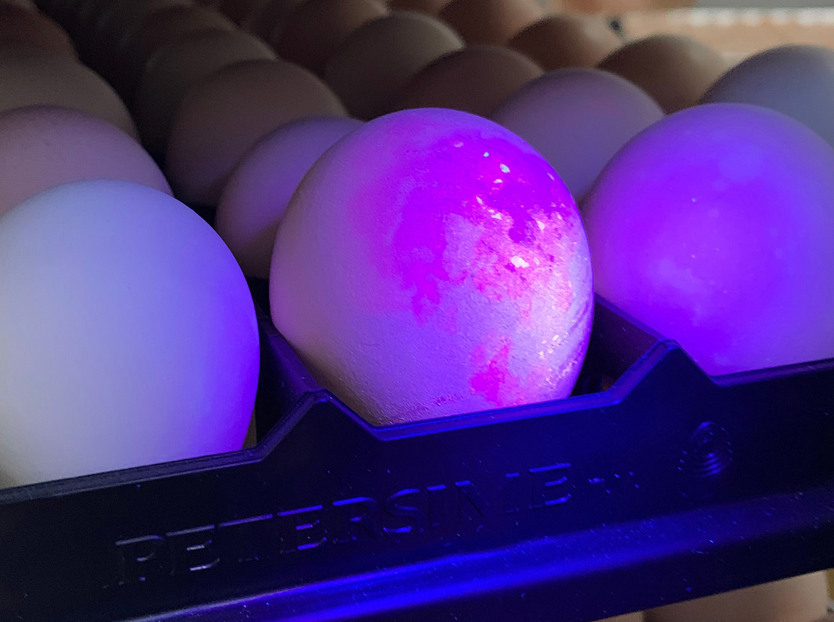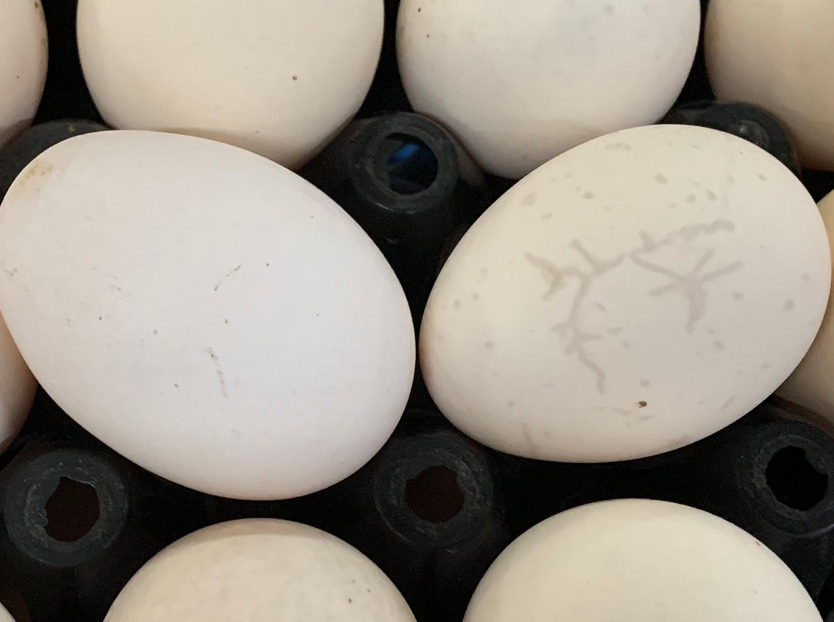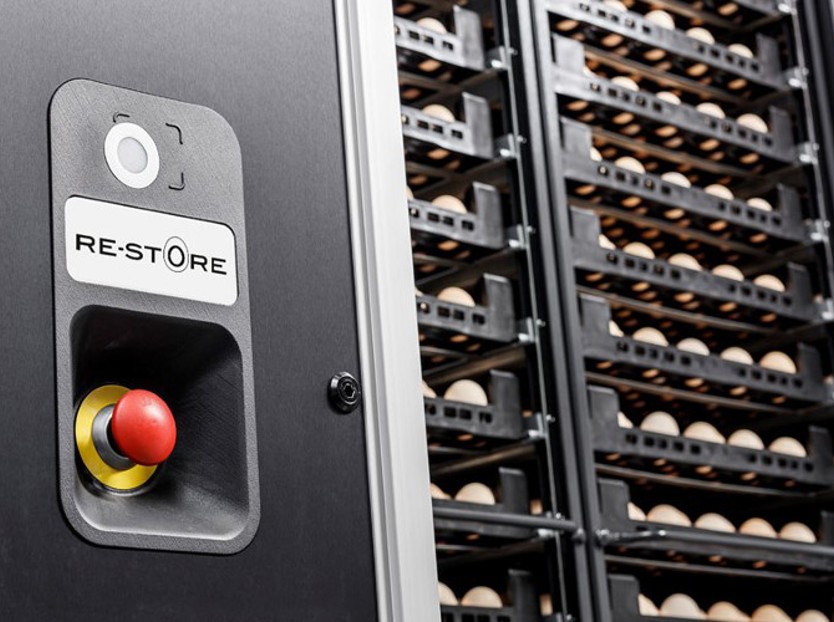A critical step in the development of a new hatchery is site selection. A hatchery is not a typical industrial building: It is highly specialised with unique requirements in terms of location, layout and design. It is therefore important to give considerable thought to the location and conditions of your hatchery site. This article highlights 6 factors to bear in mind when selecting a hatchery site.
Why proper hatchery site selection is critical
Starting a new hatchery represents a significant capital investment for any owner. By taking an approach that addresses a hatchery’s production and performance requirements in conjunction with the site location and conditions, hatchery owners can make more informed decisions that lead to project success. It is advisable to evaluate the following six factors when selecting a new hatchery site.
1. Accessibility
A hatchery should have good accessibility, preferably by means of hard-surfaced roads in good condition with easy access for large trucks. Rough transport on bumpy roads will negatively affect hatching egg quality. Places isolated from the road network will require approach roads, which cause an additional cost that has to be carefully evaluated. Additionally, the greater the distance is from breeder farms and grow-out houses to the hatchery, the higher the transportation costs will be.
2. Geological factors
The topography of the land has an impact on the hatchery construction work, so it is important to choose a site where the conditions are most favourable:
- Flat land: A hatchery has to be built on a flat surface. Only when starting from a flat surface, the right inclination in the flooring can be created to ensure adequate drainage. Ground preparation work to level the land can add substantially to the total construction cost.
- Stable soil: The ground at a new hatchery site has to be stable; if not, problems at foundation level can arise.
3. Hatchery orientation
Hatcheries should be oriented to maximize the benefits from the local climate and weather conditions and shelter from undesirable winds. It is sensible to look at the prevailing winds for a site throughout the year to see which winds to take advantage of or avoid. Orientation is measured by the azimuth angle of a surface relative to true north: Successful orientation rotates the hatchery to maximize the benefits.

4. Proximity of livestock facilities
Because a hatchery is concerned with the production of living animals, special consideration must be given to the proximity of neighbours, and more specifically poultry and livestock facilities. For biosecurity reasons, a hatchery must be located at a safe distance from other livestock facilities to minimize the risk of spreading diseases. The distance from the hatchery location to any livestock facility needs to be greater if prevailing winds are directed toward the hatchery.
5. Infrastructure
It is advisable to review which electricity and water supply sources are readily available to the site. A connection to the mains electricity (industrial power supply) is an essential requirement. Self-evidently, water must be available for incubators and HVAC as well as for general utilities, cleaning, etc. As a general rule, it is best to locate hatcheries in sites that can be easily connected to the internet. Reliable internet access is fundamental to any modern business.
6. Future expansion
The key to a hatchery’s long-term success is that it fulfills its function for many years to come. It is therefore recommended to verify if the site can accommodate future expansion and growth.
Get the right expert advice
The best way for you to ensure the key site selection factors are sufficiently investigated is by relying on expert advice. Petersime has a multidisciplinary in-house team that can guide your hatchery project from A to Z.
Through an integrated approach from design to execution, Petersime’s team takes care of the complete project, including hatchery layout, hatchery flows and building material requirements such as floors, walls, drains, doors, generators and other electromechanical equipment. The decision to locate a hatchery at a specific site will of course always be made with consideration of the local conditions and regulations. Petersime is there for customers at every key stage of the hatchery’s life cycle. Please don’t hesitate to contact us to discuss your future projects.



